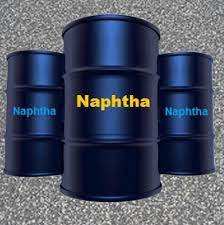
Rhine water levels continue their decline.
Naphtha and LPG could be used as a substitute for natural gas should Europe face a shortage, according to market sources “Industrials are looking at LPG as an alternative to natural gas. That could take LPG off the market then naphtha would become the main feedstock,” a market source said. “I would like to think naphtha would strengthen [when] levels in the Rhine go up. The East-West is strong so [it] should pull more tons east,” the source added. He said that while the East-West spread was open, “margins are pretty bad.” Turning to the depleting Rhine water levels, the German waterways authority WSV said they fell further Aug. 10 at the key chokepoint of Kaub to 45 cm by 1600 GMT, down 6 cm from the previous day. Meanwhile in Asia, “petrochemicals demand especially for olefins is very bad now, and even though the naphtha price is getting better [lower], petrochemicals makers can’t make money because the spread from olefins to naphtha is less than $200/mt,” said another source. The ethylene-naphtha margin, closely watched by steam cracker operators, has narrowed as ethylene prices drop on poor downstream margins for styrene monomer, monoethylene glycol and polyethylene. In refinery news, Belarus’ 9.5 million mt/year Naftan refiner, set to rise to 12 million mt/year after an upgrade, might boost throughout in the fourth quarter after finding new export outlets, the refinery’s general director Andrey Soyko said in a company newsletter. The front-month September CIF NWE naphtha swap was assessed at $682.50/mt on the day, down $4.25/mt. The August/September CIF naphtha swap spread was assessed at minus $9.50/mt, unchanged on the day, with September/October at minus $2.50/mt, up 25 cents/mt. The September crack spread was assessed at minus $17.70/mt, up 75 cents/mt. The September East-West spread — the premium of the CFR Japan naphtha cargo swap over the CIF NWE equivalent — was assessed up 75 cents/mt on the day at $22.25/mt, with October at $19.75/mt, $1.25/mt higher.
